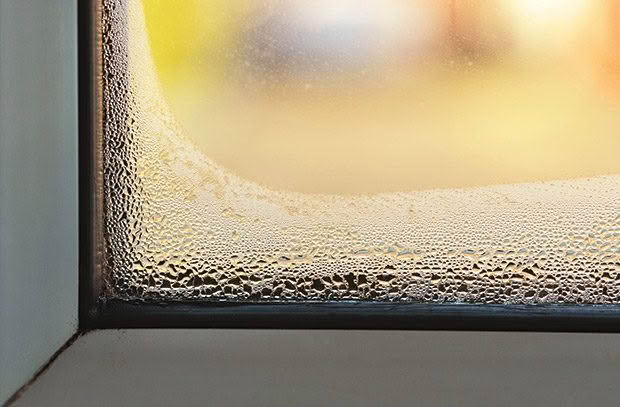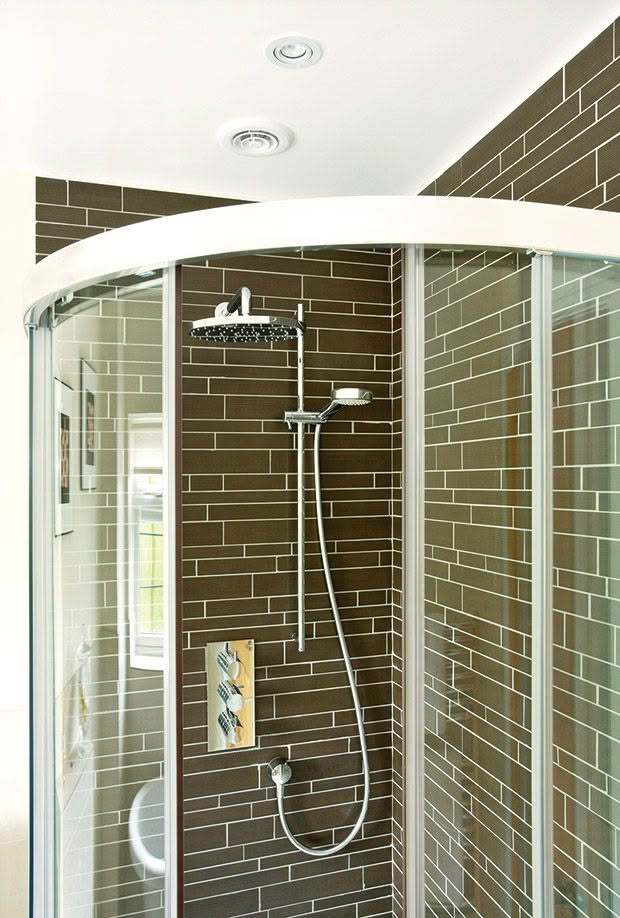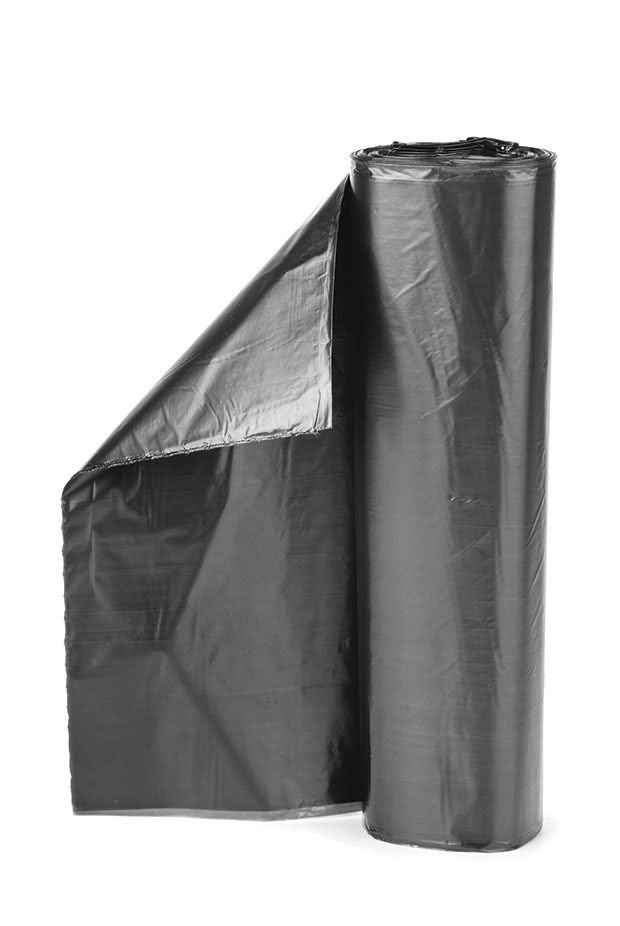6 ways to tackle dampness in your home

Stop dampness in its tracks by tracking down the underlying cause. It may be cheaper to fix than you think.
Words: Energywise Additional words: Nadene Hall
The average NZ family produces up to 8 litres of moisture in their home each day from cooking and showering. Damp homes promote mould and dust mites which can cause respiratory problems. Dehumidifiers and ventilation systems can help.
But it’s important to track down the underlying cause of dampness, which may be relatively cheap and easy to fix. Insulation, heating, and ventilation can manage the problem.
IS YOUR HOME TOO HUMID?

To prevent mould, the relative humidity (or the amount of moisture in your home) should be below 65%, and rooms should be heated to at least 18°C.
Buy a hygrometer – you can find them on Trade Me for $7-$15 – and measure the humidity and temperature in different rooms over a few days, especially in winter.
RISING DAMP? CHECK UNDER THE HOUSE
■ Look for leaks from showers or pipes under the house and fix any issues.
■ Check for blocked or leaking downpipes and gutters, and ensure downpipes connect to stormwater drains – this is best checked during heavy rain.
■ Look for surface water flowing under your house during heavy rain – reshape the outside levels or install drainage channels or subsoil drains as needed. Ask a licensed drainlayer for advice.
■ Check there are vents on all sides of the house in the subfloor walls – inadequate ventilation is the most common cause of subfloor dampness. Install vents where they are missing – ask a qualified builder for help on sizing.
■ Uncover vents blocked by plants, soil or pest barriers, and clear the subfloor area of obstructions.
■ Install a ground moisture barrier (thick polythene sheeting) on the ground under your house. This keeps the moisture in the ground and stops the air under the floor from getting damp. New Zealand Standard NZS4246 has detailed instructions on how to do this.
For more tips on tackling dampness in your home, learn more here.
HOW TO INSTALL A GROUND MOISTURE BARRIER
A thick layer of plastic can make a big difference to the levels of moisture in your home. Below is a link to a full guide to installing all kinds of insulation; pages 103-105 show how you can put in a ground moisture barrier.

Visit www.tenancy.govt.nz – search for ‘insulation safety’. On that page, scroll down to Meeting the NZ Standard, then download the guide at the link below it.
Love this story? Subscribe now!
 This article first appeared in NZ Lifestyle Block Magazine.
This article first appeared in NZ Lifestyle Block Magazine.
